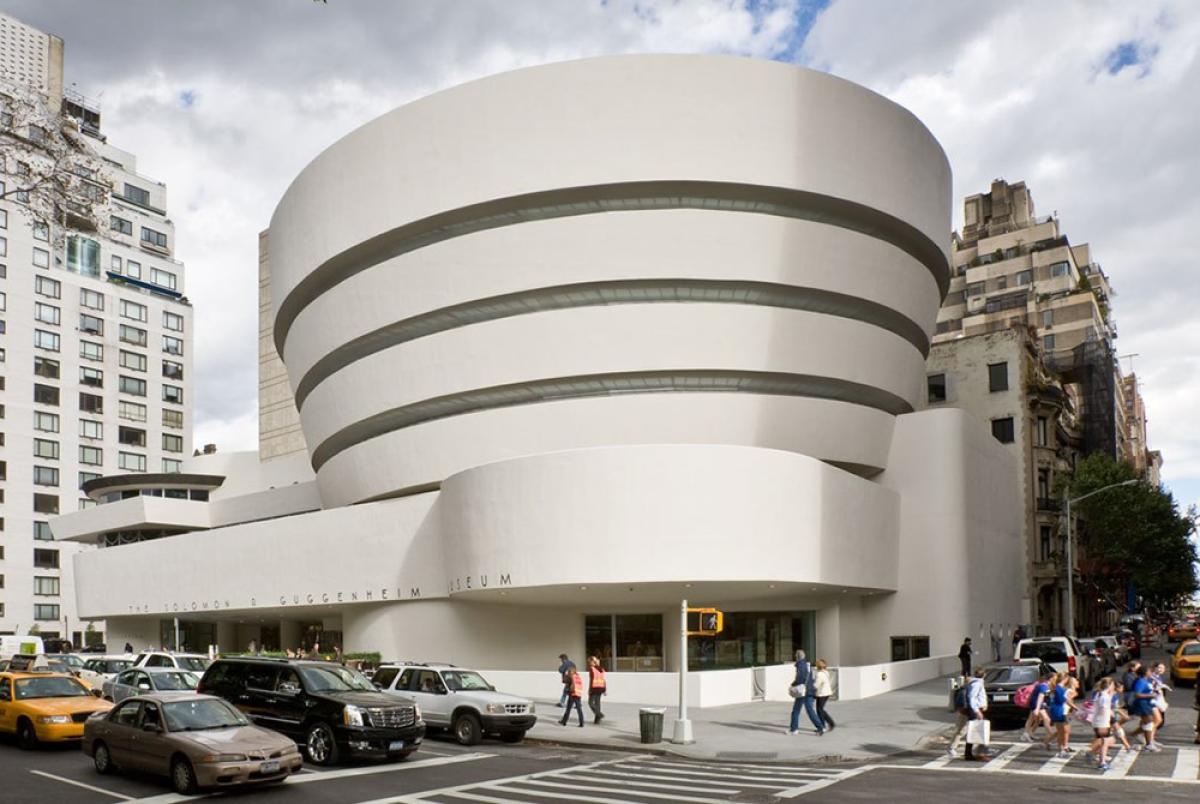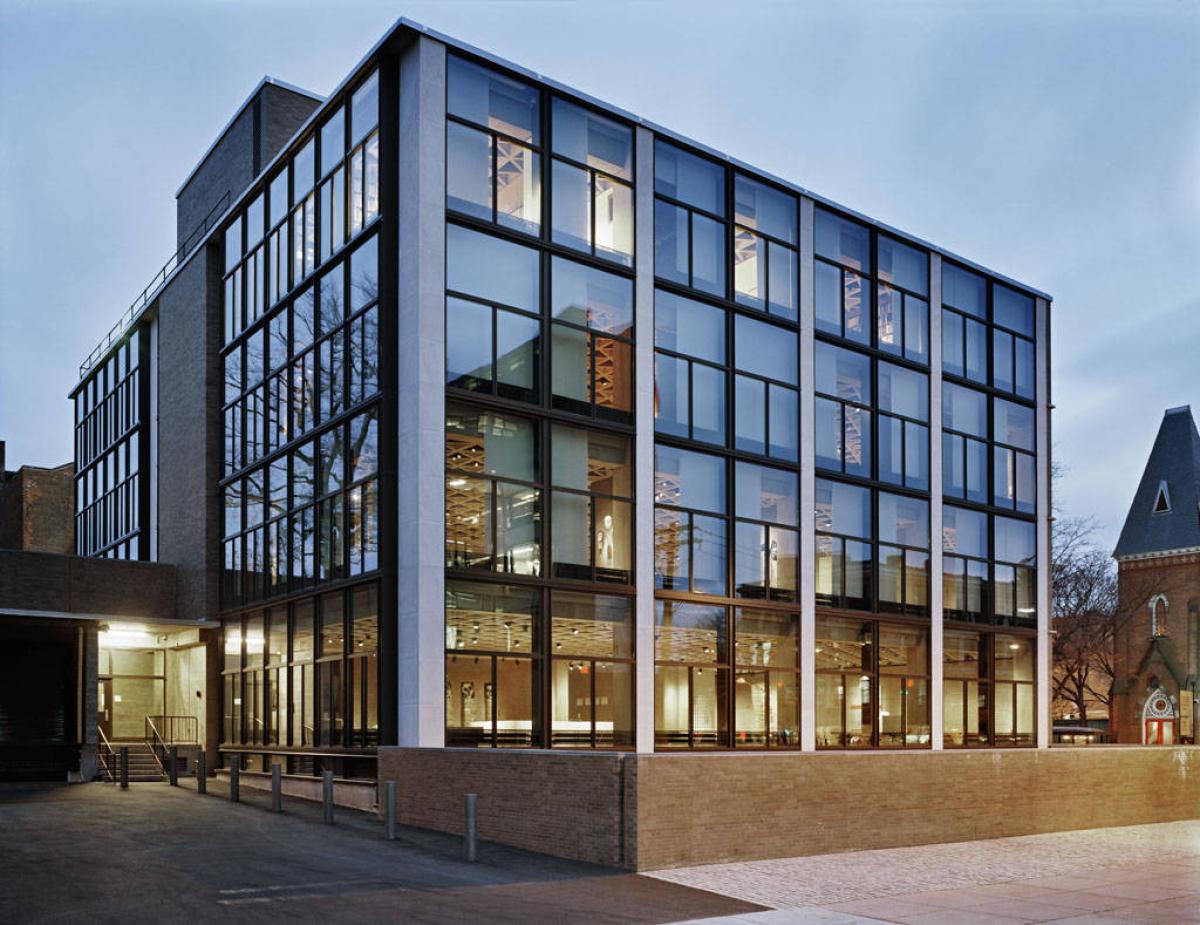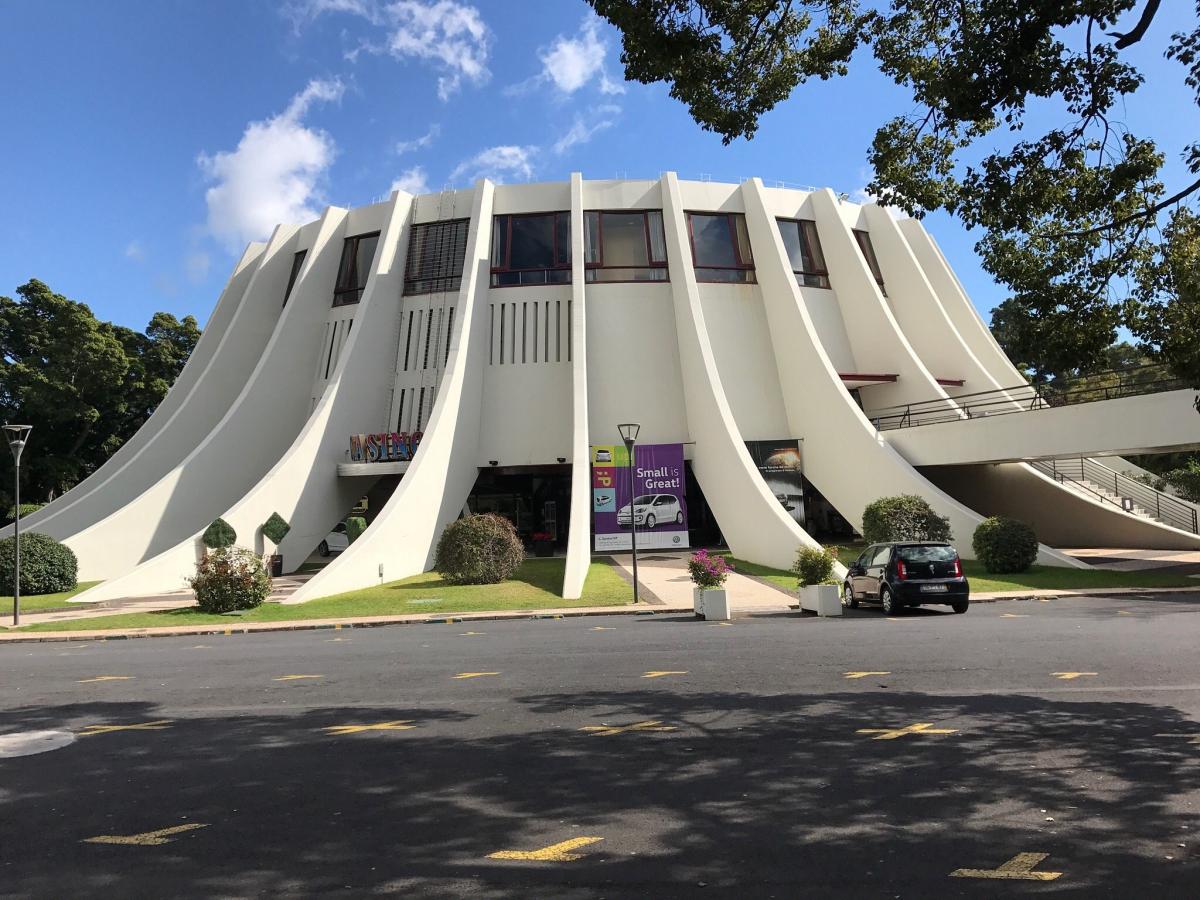





Modernism is associated with a group of architectural styles that emerged at the beginning of the 20th century and became dominant after the Second World War. In this period, advances in engineering, social equality, healthcare, and industry combined to reject past historical styles and allow architecture to enter a new era of design. The basis of modernism is the use of new construction technologies and materials, among which mainly glass, steel and reinforced concrete. The dynasty of modern architecture has enjoyed a long and fruitful reign, leaving behind an inimitable legacy of iconic architects, buildings and styles. We present to you five of the architects who played an important role in the development of modernism.
With his radical ideas, Le Corbusier is remembered as a bold innovator, theorist of modern architecture and urban planning. He formulated the five principles of modern architecture. The first one is that the houses are built on stable reinforced concrete columns, which reduces or eliminates the need for load-bearing walls. The second is the "free plan", which implies the presence of few or no load-bearing walls. Third - the steep roof becomes flat and can be used as a garden, swimming pool or sports. Fourth - large windows and lots of light. And fifth – a free facade, which may even be completely from glass. These principles remain as emblematic features in his work and shape the appearance of modern architecture.
Frank Lloyd Wright is one of the greatest architects of the 20th century, the founder of "organic architecture" and the principle of free planning. He shares the ideas of modernism, but develops them in a new direction – towards nature and its integration in the context of all his architectural creations. One of his most famous projects is the Waterfall House, which is a typical example of an elegant fusion of architecture with its surroundings. During his lifetime, Frank Lloyd Wright built hundreds of homes, museums and office buildings. Among his emblematic projects are also the Robie House, the Guggenheim Museum in New York, and others. He is the author of more than 20 books, including "The Future of Architecture" and "The Disappearing City". Wright radically changed the image of the residential building, abandoning eclecticism in favor of geometric simplicity.
The famous German architect Ludwig Mies van der Rohe is one of the pioneers and most prominent masters of modernism and the last head of the famous Bauhaus school. Its buildings are characterized by their rectilinear forms and elegant simplicity, which epitomize the international architectural style. In his projects, which clearly illustrate his famous principle "less is more", Mies van der Rohe introduces the use of modern materials such as industrial steel and glass. His exceptional sense of proportion and attention to detail remain encoded in the creation of his furniture, which have become design icons. Among his famous projects are the Tugendhat House, the Farnsworth House, the Barcelona Pavilion, etc.
The Brazilian modernist architect stays in history as one of the most influential names in contemporary architecture. He denied the sharp lines typical for classical modernism and in his work focused on the use of curves and smooth lines, as he believed that buildings should be in harmony with nature, where straight lines and edges do not exist. Niemeyer's name is associated with shaping the architectural appearance of the new capital of Brazil. Among his famous projects are the Casino in Funchal, Madeira; The Museum of Contemporary Art in Niterói; Museu novo in Curitiba; The National Congress, the Cathedral, Palácio da Alvorada in Brazil, etc.
Louis Kahn is a prominent American late modernist architect known for his monumental approach to architecture. His style is distinguished by large-scale volumes, where the emphasis is on the visibility of raw materials. He believes that the design of any building should correspond to the location and context in which it is located, while visually revealing the techniques of its construction. Among his famous projects are the Kimball Museum, the Salk Institute, the Yale University Art Gallery, and others.
Photos: Courtesy of wikiarquitectura.com, Archdaily and Archeyes, Robert P. Ruschak, Thomas Nemeskery, Christopher Gardner.